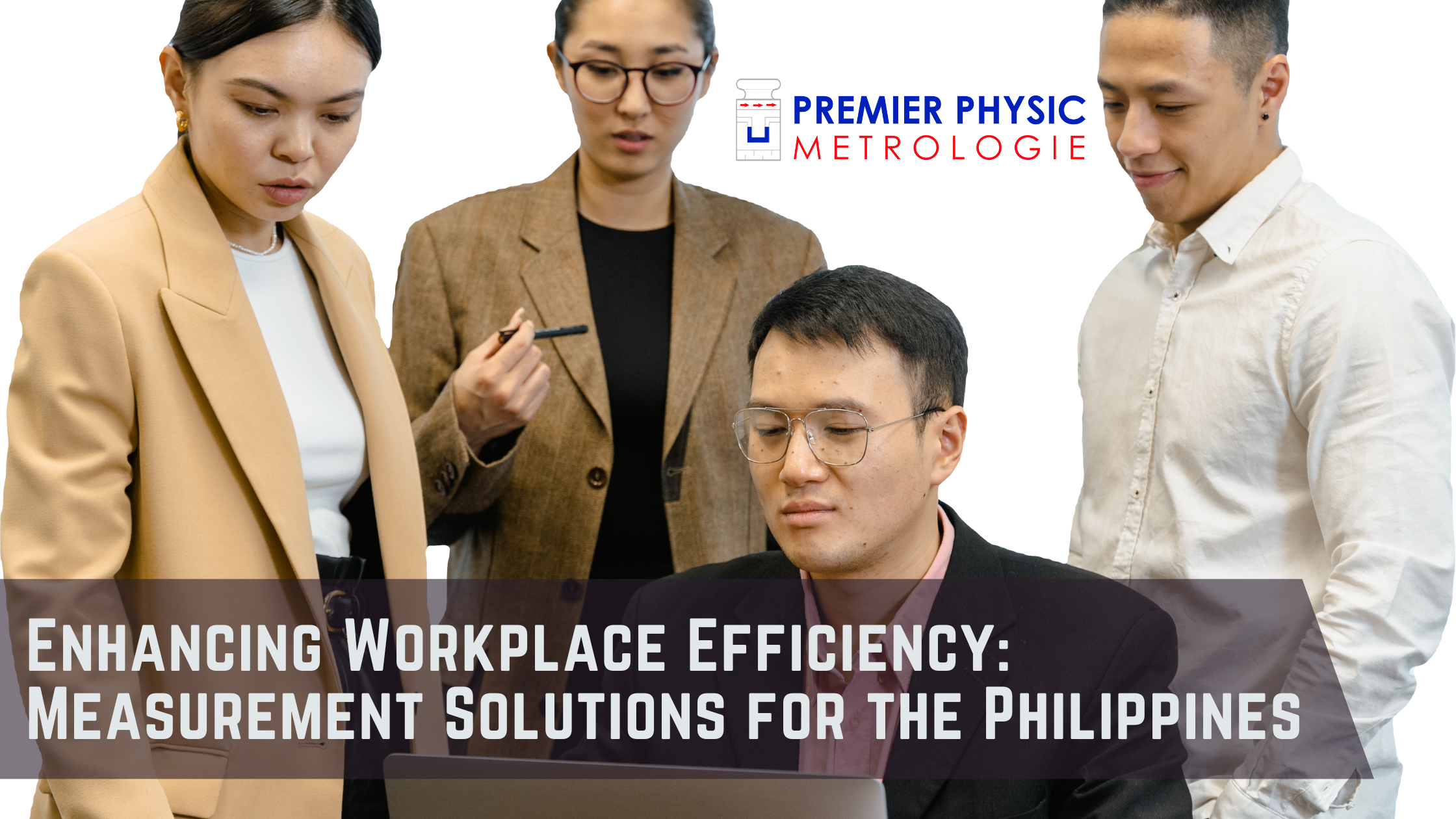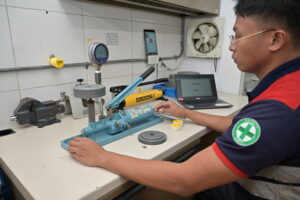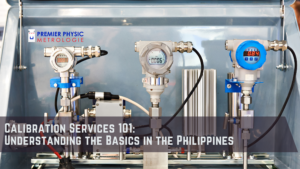I. Introduction
Workplace efficiency is more than just a buzzword; it’s a crucial element in achieving organizational success. In this article, we delve into the significance of workplace efficiency, its relevance to the Philippines, and the challenges faced in measuring it accurately.
A. Definition of Workplace Efficiency
Workplace efficiency encompasses the ability of a team or organization to accomplish tasks with optimal resource utilization, minimizing wasted time and effort.
B. Importance of Workplace Efficiency
Efficient workplaces not only enhance productivity but also contribute to employee satisfaction, which, in turn, positively impacts the overall work culture.
C. Relevance to the Philippines
Considering the unique work environments and cultural factors in the Philippines, understanding and measuring workplace efficiency becomes paramount for sustained success.
II. Challenges in Measuring Workplace Efficiency
A. Diverse Work Environments
The Philippines boasts a diverse business landscape, from bustling urban centers to laid-back provincial settings, posing a challenge in adopting a uniform efficiency metric.
B. Cultural Factors
Cultural nuances play a significant role in work habits and communication styles, making it challenging to apply standardized efficiency measurements.
C. Lack of Standard Metrics
Unlike more developed markets, the Philippines lacks standardized metrics for workplace efficiency, making it difficult for organizations to benchmark their performance.
III. Key Components of Workplace Efficiency
A. Time Management
Efficient time utilization is a cornerstone of workplace efficiency, emphasizing the need for employees to prioritize tasks effectively.
B. Task Prioritization
Understanding the importance of tasks and prioritizing them accordingly ensures that critical activities receive the attention they deserve.
C. Communication
Clear and open communication is vital for workplace efficiency, fostering collaboration and preventing misunderstandings.
IV. The Need for Customized Measurement Solutions
A. One Size Doesn’t Fit All
Recognizing that each organization is unique, customized measurement solutions provide a more accurate reflection of efficiency.
B. Adapting to Cultural Nuances
Customization allows organizations to account for cultural differences in work habits, ensuring fair and relevant efficiency assessments.
C. Flexibility in Measurement Tools
Employing a variety of tools tailored to specific organizational needs ensures flexibility and adaptability in the ever-changing business landscape.
V. Technological Solutions for Workplace Efficiency
A. Time-Tracking Software
Automated time-tracking tools offer precision in measuring individual and team efficiency, providing valuable insights for improvement.
B. Project Management Tools
Effective project management tools streamline tasks, facilitate collaboration, and enhance overall project efficiency.
C. Communication Platforms
Investing in advanced communication platforms fosters real-time collaboration, reducing delays and enhancing overall workplace efficiency.
VI. Case Studies: Successful Implementation in the Philippines
A. Company A’s Journey to Efficiency
A case study on how Company A successfully implemented customized measurement solutions and the positive impact on overall workplace efficiency.
B. Impact on Employee Satisfaction
Exploring how enhanced workplace efficiency contributes to increased job satisfaction among employees.
C. Lessons Learned
Examining the lessons learned from successful workplace efficiency implementations in the Philippines.
VII. Overcoming Resistance to Change
A. Employee Training and Engagement
Providing comprehensive training and engaging employees in the process aids in overcoming resistance to changes in efficiency measurement.
B. Leadership Support
Leadership buy-in is crucial; support from top management ensures a smoother transition to new efficiency measurement strategies.
C. Gradual Implementation Strategies
Implementing changes gradually allows employees to adjust, reducing resistance and increasing the likelihood of successful adoption.
VIII. Future Trends in Workplace Efficiency Measurement
A. Integration of AI and Machine Learning
The role of artificial intelligence and machine learning in predicting and enhancing workplace efficiency.
B. Continuous Improvement Models
Adopting models that emphasize continuous improvement ensures organizations stay ahead in the ever-evolving landscape.
C. Predictive Analytics
Exploring how predictive analytics can be employed to anticipate inefficiencies and address them proactively.
IX. Conclusion
A. Recap of Key Points
Summarizing the key components and challenges discussed in the article.
B. Encouraging a Culture of Efficiency
Encouraging organizations to cultivate a culture of efficiency for long-term success.
C. Emphasizing the Human Element
Highlighting the importance of balancing technological solutions with a focus on the human element in achieving workplace efficiency.
X. FAQs
A. How can small businesses implement workplace efficiency measures?
Small businesses can start by identifying specific pain points, leveraging technology, and fostering a culture of continuous improvement.
B. Are there specific tools recommended for remote teams?
Yes, tools like Trello, Slack, and Asana prove beneficial for remote teams, promoting communication and collaboration.
C. What role does employee feedback play in efficiency measurement?
Employee feedback is invaluable; it provides insights into the effectiveness of implemented measures and areas for improvement.
D. Can workplace efficiency be measured without technological tools?
While technology enhances accuracy, simple metrics like task completion rates and time logs can provide valuable insights even without advanced tools.
E. How can cultural diversity be considered in efficiency metrics?
Customized efficiency metrics should consider cultural nuances, ensuring fair assessments that align with diverse work habits.




